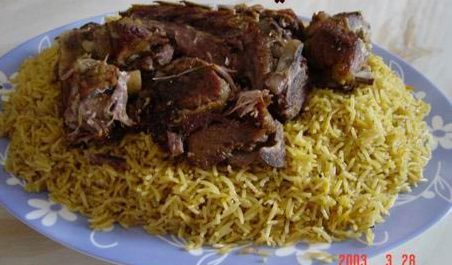Facts About Mandi
Mandi is a traditional dish from Hadhramaut, Yemen, celebrated for its delectable combination of meat, rice, and spices, meticulously cooked in an underground pit. This flavorful creation has gained popularity throughout the Arabian Peninsula and is a beloved staple in many regions. You can also find Mandi in countries such as Egypt, the Levant, Turkey, and even parts of India, including Kerala, Karnataka, and Hyderabad.
The key ingredients for Mandi are rice, meat (which can be lamb, camel, goat, or chicken), and a distinctive spice mix known as Hawaij. Traditionally, the meat used is young lamb, cooked in a "tandoor"—locally known as "taboon" in Arabic—a type of oven dug into the ground and lined with clay.
Mandi is particularly popular during special occasions such as Eid, weddings, and festive feasts in Yemen and southern Saudi Arabia. The name "mandi" derives from the Arabic word "nada" meaning "dew" which alludes to the dish's moist and tender meat.
The preparation of Mandi is quite distinctive: dry wood is burned in the tandoor to create charcoal. The meat is then simmered with spices until tender. The spiced broth is used to cook Basmati rice at the bottom of the tandoor, while the meat is suspended above the rice, avoiding contact with the charcoal. The entire setup is then sealed with clay and left to cook for several hours. Depending on personal preference, additional ingredients such as raisins, pine nuts, or peanuts can be added to the rice for enhanced flavor.

 Israel
Israel